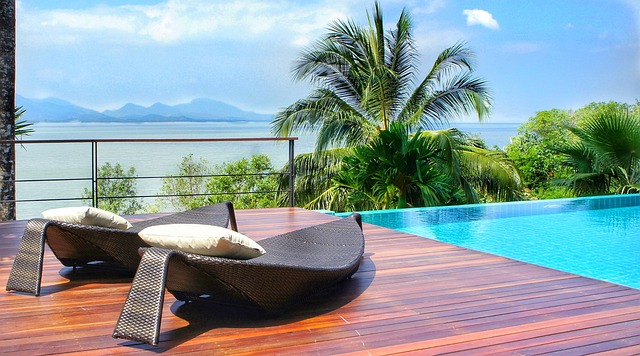Maintaining balanced water chemistry is crucial for the health and longevity of your swimming pool. One of the key factors to monitor is calcium hardness. When calcium levels are too high or too low, it can lead to various issues such as scaling, cloudy water, and equipment damage. In this guide, we will explore how to fix calcium hardness in swimming pools and ensure your pool stays crystal clear and trouble-free.
Understanding Calcium Hardness: Calcium hardness refers to the concentration of calcium ions in the water. It is measured in parts per million (ppm) and is a vital aspect of water chemistry. The ideal range for calcium hardness in a swimming pool is generally between 200 and 400 ppm. Low calcium hardness can result in corrosion of pool surfaces and equipment, while high levels can lead to scaling.
Testing Calcium Hardness: Before attempting to adjust calcium hardness, it’s essential to test the current levels using a reliable pool water testing kit. This will provide you with accurate information about the calcium concentration in your pool.
Table of Contents
Adjusting High Calcium Hardness
Dilution
If the calcium hardness is too high, partially draining and refilling the pool with fresh water can help dilute the calcium concentration.
How to Drain a Pool with a Garden Hose
Use of Flocculants
Flocculants can be employed to bind calcium particles together, making them easier to remove through filtration.
Raising Low Calcium Hardness
Calcium Chloride Additives
Calcium chloride can be added directly to the pool water to increase calcium hardness. Follow the manufacturer’s instructions for the appropriate dosage.
Calcium Increaser Products
These commercial products are specifically designed to raise calcium hardness levels in swimming pools. They are available at pool supply stores and should be used according to the package instructions.
Regular Monitoring
Regularly test and monitor calcium hardness levels to ensure they remain within the recommended range. This is especially important during water replacement or if you’ve added calcium-increasing products.
pH and Alkalinity Balance
Maintain proper pH and alkalinity levels as they can influence calcium hardness. High pH levels can lead to scaling, while low pH levels may contribute to corrosion. Aim for a pH between 7.2 and 7.8 and alkalinity between 80 and 120 ppm.
How to Lower Alkalinity in a Pool
Professional Assistance
If you’re unsure about how to fix calcium hardness or if the levels persistently deviate from the recommended range, consider seeking assistance from a professional pool service.
Conclusion
Properly managing calcium hardness is crucial for the overall health and maintenance of your swimming pool. By understanding the causes of imbalances and following the appropriate corrective measures, you can enjoy a sparkling and trouble-free pool throughout the swimming season. Regular testing, diligent maintenance, and swift corrective action will contribute to the longevity of your pool and enhance the swimming experience for all.


